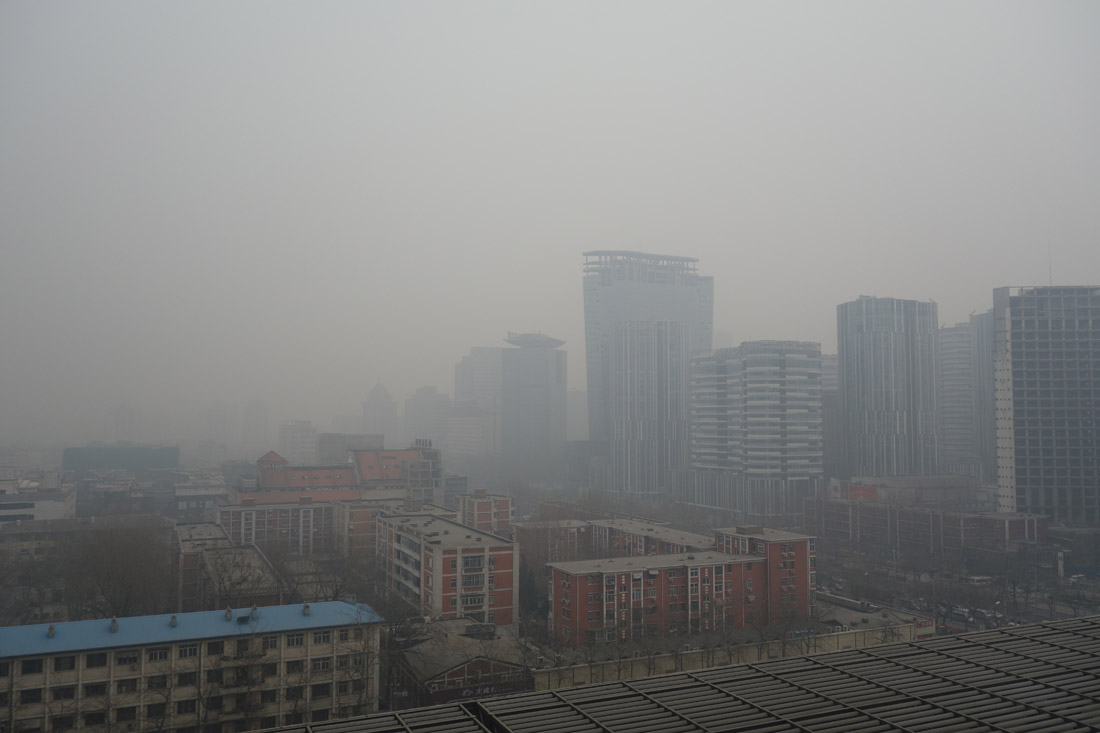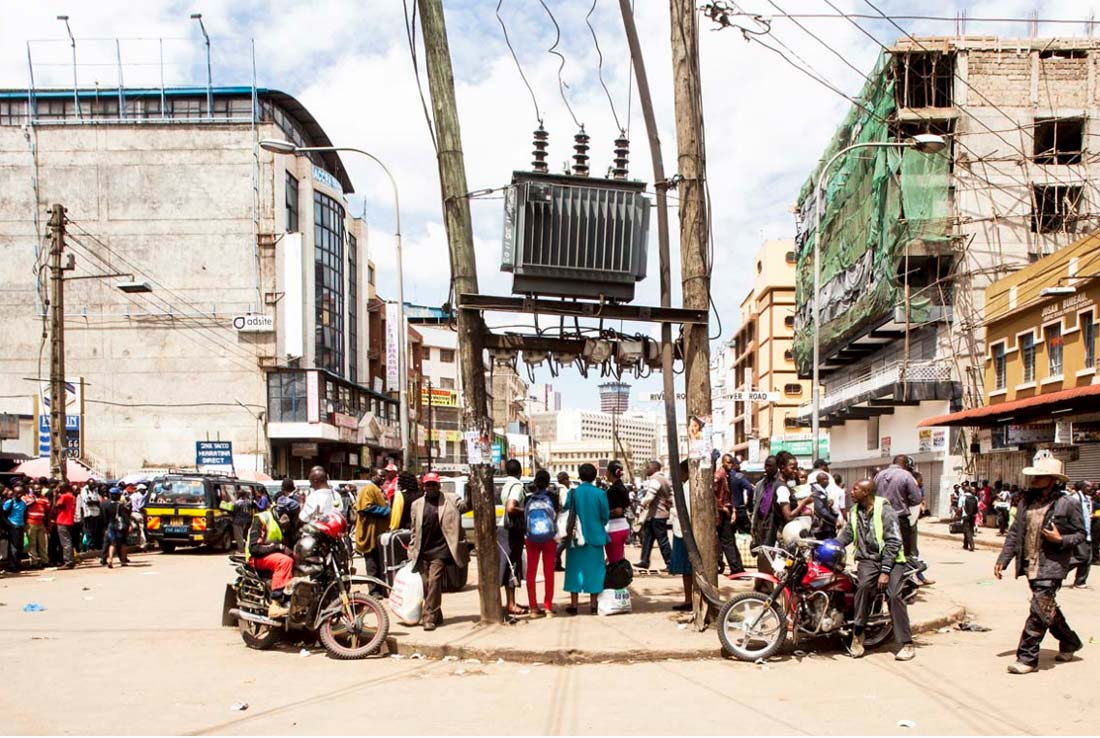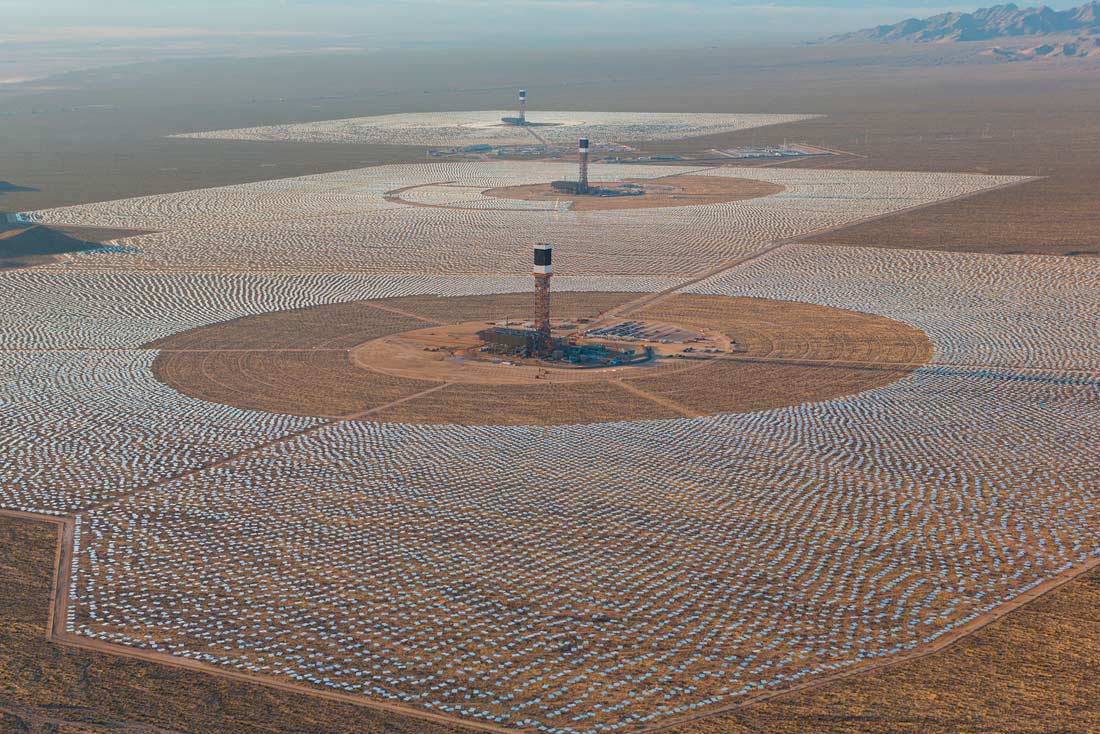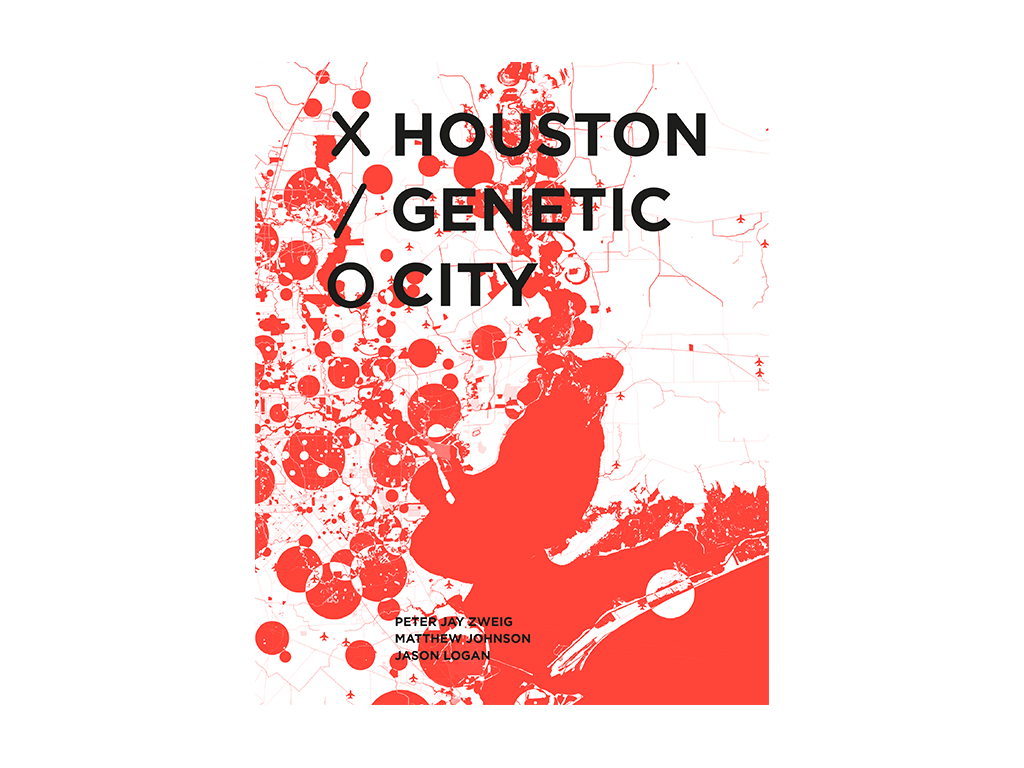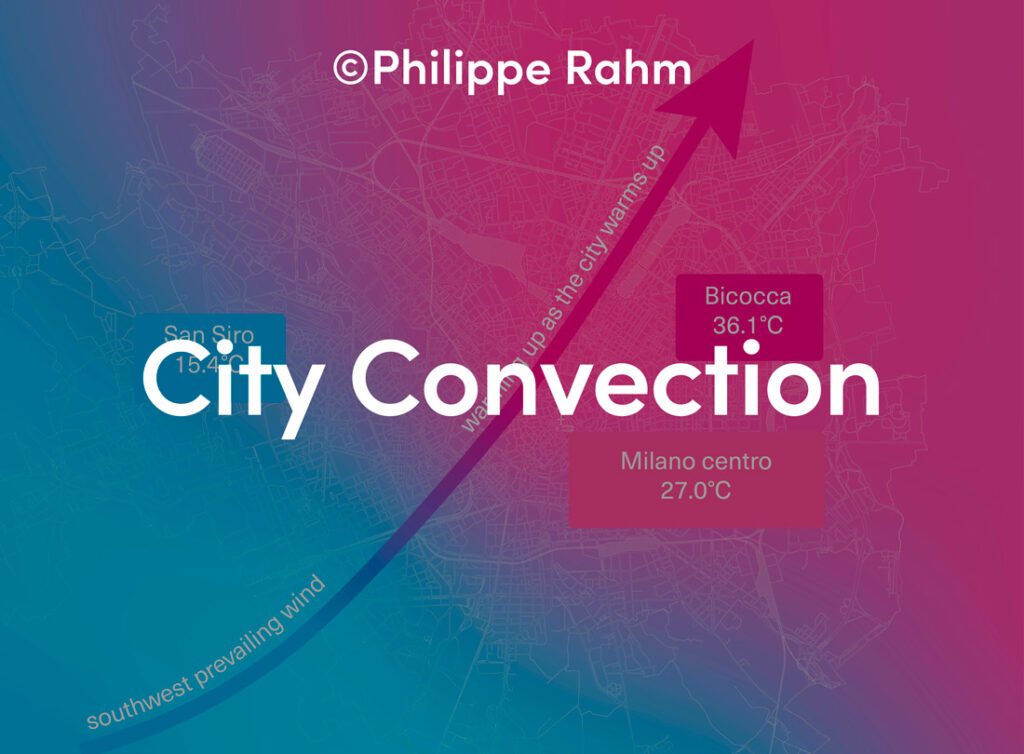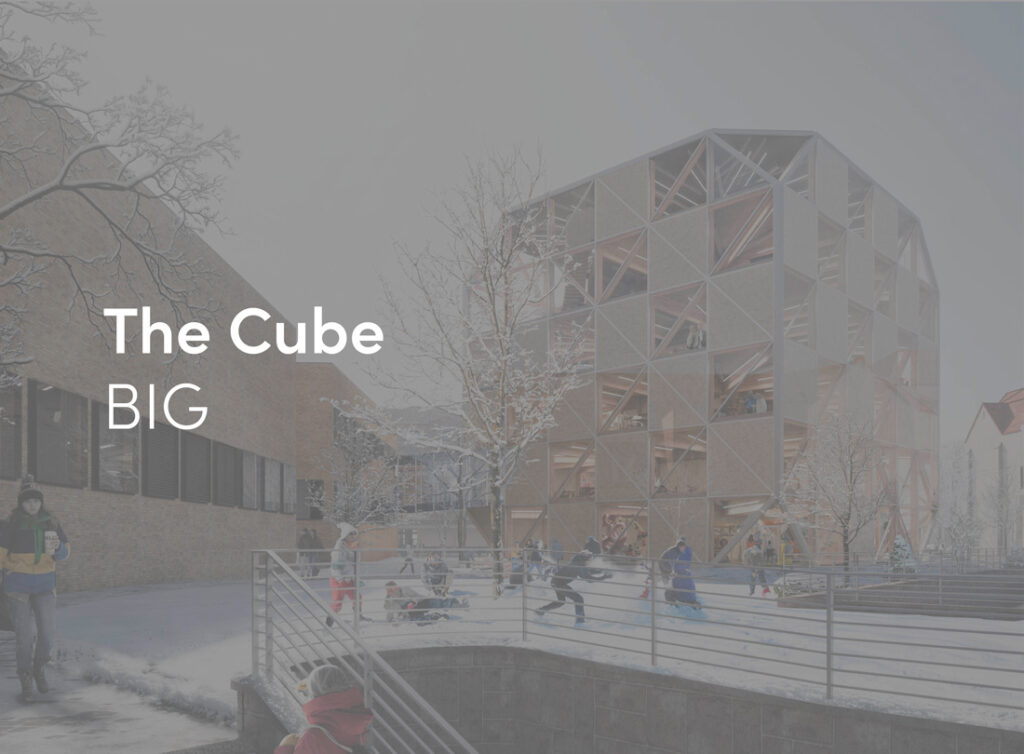ENERGY IN THE NEXT SOCIO-ECONOMIC PARADIGM CHANGE
We are presently aware that humanity is capable of affecting the planet unlike any other biological species to date. In the Anthropocene, the power of human action has become greater than that of geological forces. One of the main characteristics of the Anthropocene is the domination of carbon-based fossil energy and its massive use. The combustion of fossil resources that accumulated over long periods in remote times releases large quantities of carbon dioxide into the atmosphere. The greenhouse effect of this gas is one of the principal factors keeping our planet within a liveable threshold. Without it, all water on earth would be frozen and no life would be possible. Yet, the emissions released from the combustion of fossil fuels are dangerously raising the global atmospheric CO2 concentration and causing smog formation in metropolitan agglomerations to the degree that the planet is warming and cities are drowning.
Buckminster Fuller, in his Operating Manual for Spaceship Earth, warned us of this eventuality with his brilliant reflection on the role of fossil fuels:
We can make all of humanity successful through science’s world-engulfing industrial evolution provided that we are not so foolish as to continue to exhaust in a split second of astronomical history the orderly energy savings of billions of years’ energy conservation aboard our Spaceship Earth. These energy savings have been put into our Spaceship’s life-regeneration-guaranteeing bank account for use only in self-starter functions.7
The contemporary city is witnessing a significant change in energy-demand patterns as new forms of consumption expand quickly. Space cooling and power for computation are two kinds of electrical demands that are growing at a particularly rapid rate.
In an era of global warming and perturbed climate in densely built areas, the global demand for space cooling is estimated to grow significantly in the coming decades. Power consumption for space cooling already grew worldwide by 60% between 2000 and 2010. In 2010 alone, Chinese consumers purchased some 50 million air conditioning devices. Electricity consumption to satisfy cooling demand in India is placing major pressure on power systems, causing regular blackouts during peak cooling periods. Approximately 40% of Mumbai’s power consumption is estimated to be due to air conditioning. Additionally, indoor space cooling requires that thermal energy extracted from buildings be dissipated into the environment. The next frontier of urban pollution could easily be waste heat.
In the near future, cooling demand will likely rise most in the densely populated tropical regions of emerging economies such as China, India, Southeast Asia, or South America. According to optimistic forecasts by the International Energy Agency, global cooling demand is set to climb six-fold by 2050 with respect to current figures. Research undertaken by the Netherlands Environmental Assessment Agency predicts that cooling demand for the residential sector could surpass heating demand around the year 2060.
On the other hand, energy consumption for modern electronics and ICT systems is growing significantly due to increasing information gathering, processing, and transformation activity. The amount of energy that globally powers data centers quadrupled from 2007 to 2013, and is expected to nearly double again over the next 15 years.
Although computer processors are becoming more efficient, Koomey’s law shows that the number of computations per unit of energy dissipated has been doubling approximately every 1.57 years, with global computation demand growing approximately three times faster than improvements in the energy efficiency of computer processors. Following this pattern, the power demand for computing will reach the present value of total global power generation at some moment between 2035 and 2045.
With challenges of such magnitude in front of us, what kind of global energy landscape can we expect?
Actually, one of the most challenging questions for our society at the beginning of the twenty-first century is how to achieve a much-needed paradigm shift regarding energy. This is a social and intellectual challenge more than it is a technological challenge. Finding the right answer is going to require covering a number of topics within a complex matrix that is holistic in its approach and offers an integrative view of the city, overcoming the divisions that often separate the social from the technological realm. The proper use of energy in buildings and in urban systems becomes paramount in a socio-political context increasingly concerned with environmental sustainability.
Actually, the next energy transition is already knocking at our doors. It can be found at the cross-section of the energy-information technology hybrid and the service-oriented platform, or collaborative economy.
The collaborative economy is starting to prove that it is easier, cheaper, and more effective to involve a wider range of participants in value creation. Thus, new services are frequently being built based on partnerships between a variety of players rather than by a single giant company. In parallel, information and communication technologies are increasing the capability to control, gather, and analyze data at decreasing expense.
However, changes are also noticeable on the demand side: in affluent countries, users are more willing to take control in their exercise of the best choice regarding cost, service, and environmental impact. In a more ambitious or maybe extreme interpretation, this translates into so-called energy self-sufficiency in technical terms, or energy sovereignty as a political position. In any case, the most concise way to describe these new trends on both the supply and demand side is probably to use the term energy democratization.
This trend, in the first stage, is necessarily going to provoke a clash between incumbent “fossil” players and the “new kids on the block,” as is already happening in the United States or in Spain. We should not forget that globally, the energy business is one of the most profitable legal businesses. But the incumbents are going to be forced to evolve and to adapt to the new situation, as is already happening in the German power sector, for instance.
So far, even if we would like to make quick and ground-breaking changes in the world’s energy economy and in its consumption patterns, this will not be a short-term process; it will most probably take decades. The more affluent Western society typically determines the paths that the rest of the world follows, and the cultural inertia of an imaginary based on consumerism, which is particularly present in the urban environment, is so strong that it will take time for it to change.
In any case, the coming energy transition, which seems unstoppable, entails the opportunity of rethinking the relationship between energy and the city.
IMMINENT ENERGY FUTURES: FROM THE COMMODITY TO THE COMMONS
Unlike Edison, Tesla, Ford, or Carrier, the next game changers should help cities to make better use of better energy. What we see nowadays and what we can envisage for the immediate future is that the main drivers behind the energy (r)evolutions are the four Ds of Democratization, Decarbonization, Decentralization, and Digitalization.
The democratization of energy is becoming possible due to an important technological evolution, and especially due to the appearance of different soft and digital technologies. Soft technologies are ones that may be produced, purchased, used, or controlled by an individual or a small organization, and include small-scale energy-harvesting technologies such as solar, wind, and heat recovery. In the near future, we should be able to include small next-generation heat pumps, and eventually kinetic energy–harvesting devices and high-density energy batteries, among others.
In the past decade, solar PV technology has reached considerable maturity, with the cost of PV panels decreasing 10% per year over the last thirty-five years. Nowadays, the cost per energy unit produced by PV is equal to or even cheaper than conventional electricity generation in many countries. The International Renewable Energy Agency foresees that this cost could decrease by as much as 59% by 2025, meaning that PV electricity cost could become as much as three times cheaper than conventional generation. Next-generation PV, based on organic polymers, promises a further cost reduction and even better building integration, eventually becoming embedded within transparent glass suitable for windows. Battery storage costs are also expected to decrease by around 50% over the next five years, which may enable even stronger PV deployment in cities in the immediate future.
Unfortunately, the power density of solar radiation—the useful energy that may be harvested per unit area—is too low to satisfy the energy hunger of our cities. Thus, it is vital to reduce energy demand as much as possible and to supplement PV with other energy sources that cannot be as easily integrated within the city.
The objective of reducing building demand, as visualized in the net zero energy building (NZEB) concept, is being promoted globally—particularly in Europe, where it will become compulsory in 2020 for almost every kind of new building. It is particularly important to understand that an NZEB should not be conceived as an autonomous or autistic building in terms of energy, but as one that dynamically interacts with both its natural and its technological environments. Thus, the aim should not be to disconnect buildings from utility infrastructures but to turn them into active nodes in energy networks. Here, the capability of infrastructure to respond to this new network architecture is critical.
The concept of a smart grid, which is presently in rapid development, corresponds to this new architecture of a digitally enabled and integrated system with bi-directional energy and informational flows. The same basic idea is being applied to both electricity and thermal—heating and cooling—networks.
The ultimate objective of these smart systems is to make better use of existing and future energy infrastructures, which does not necessarily mean having less infrastructure. Our present utility infrastructures were built over decades as layers, each one upgrading the capacity or the functionality of previous layers. Thus, in a majority of cases, smart grids are going to be a next-generation upgrade of existing infrastructures. But a further potential for energy infrastructure evolution resides in a convergence of energy carriers and networks: electrical, thermal, and eventually hydrogen infrastructures have great potential to gain efficiency if interconnected. Electricity is much more efficient for energy transmission, while heat or hydrogen is much more efficient for energy storage.
Another emerging trend in urban energy efficiency is utility infrastructure coupling. This concept applies the field of industrial ecology, also known as industrial symbiosis, to urban systems. Whereas the conventional approach treats the three flows of water, energy, and waste separately, and thus considers the design of the corresponding infrastructures independently, an integrated or unified approach to these flows may significantly improve service performance. Both water cycle and waste treatment systems demand energy, while at the same time they may also potentially be sources of energy. An integrated approach seeks synergies between the infrastructures related to these three flows, with the aim of reducing the consumption of the resources in question. This new complex and promiscuous relationship between infrastructures demands interdisciplinarity (even antidisciplinarity) between more comprehensive urban planning and new-generation engineering. The first spatial consequence of such coevolution of infrastructures is co-siting of different systems. This means placing key elements of different systems together in order to facilitate the synergies between them.
In Stockholm’s Hammarby Sjöstad district, the infrastructure systems were designed using this concept: infrastructures for water, waste, and energy feed from each other, thereby reducing the overall amount of energy and resources needed. The waste water from the housing is used as a heat source, while the biogas produced in the sewage treatment is used within a district heating system. Similarly, in Barcelona’s Besòs area, a synergetic relationship is established between an organic waste treatment facility, an urban waste-to-energy plant, and a district heating and cooling plant in order to improve overall environmental efficiency.
Waste heat harvesting uses a similar approach. Waste thermal energy abounds in urban environments, originating from different infrastructures but also from tertiary buildings, data centers, and industries, among other sources. In many cases this energy has a low exergetic value, meaning a low capacity for performing tasks due to the small difference in comparison with the temperature of the environment. It can nevertheless be used, in some cases directly but in most cases by means of a heat pump. A heat pump may actually act as a kind of energy router, downloading and uploading energy to and from grids. Thus, the dissipated heat from industrial processes, electric and electronic equipment, and even from human bodies should evolve to become the main energy source for heating indoor space and water.
An example of this is London’s Underground subway, which is experimenting with recovering heat through the ventilation of underground tunnels. Between the Old Street and Angel stations, the abandoned station of City Road is now used as a mid-tunnel ventilation shaft. The Northern Line tunnel ventilation system extracts air at 18 to 28 oC year-round; the plan is that this waste energy will be recovered by heat exchangers and then upgraded to approximately 80 oC by means of a heat pump booster. Once upgraded, the energy will supply the existing Bunhill district heating system.
The massive use of low-grade waste heat is also being intensively promoted in the Netherlands. Waste heat from industrial facilities in the port of Rotterdam area is pumped through the Warmterotonde (heat roundabout) to greenhouses, industrial buildings, and housing in South Holland. The system is expected to cover The Hague and Delft and to reach the Leiden Region, and to supply heat to around 350,000 homes and 1000 ha of greenhouses by the year 2020.
A further urban energy challenge is to push the net zero energy concept in order to extend it from buildings to other urban objects. The question becomes: to what extent would it be possible to conceive of net zero energy infrastructures (NZEI) for our cities? Devices like traffic tunnels, metro lines, airports, water treatment plants, public space lighting, and many other city infrastructures are heavily dependent on an exogenous energy supply. Making them NZEI would significantly improve urban energy efficiency.
Up to the present moment, changes are being produced by strong progress in technology and constantly louder social demand. Yet, we still need to have a much deeper discussion of energy transition and a new socio-economic positioning of energy as a commons. This debate should not be reduced to encounters among experts, but should take place in a much wider political forum. After all, energy transition is about political change: when we begin to perceive energy as a commons rather than a commodity, the ground for this transition will be in place.
